-
Membership
Membership
Anyone with an interest in the history of the built environment is welcome to join the Society of Architectural Historians -
Conferences
Conferences
SAH Annual International Conferences bring members together for scholarly exchange and networking -
Publications
Publications
Through print and digital publications, SAH documents the history of the built environment and disseminates scholarshipLatest Issue:

-
Programs
Programs
SAH promotes meaningful engagement with the history of the built environment through its programsMember Programs
-
Jobs & Opportunities
Jobs & Opportunities
SAH provides resources, fellowships, and grants to help further your career and professional life -
Support
Support
We invite you to support the educational mission of SAH by making a gift, becoming a member, or volunteering -
About
About
SAH promotes the study, interpretation, and conservation of the built environment worldwide for the benefit of all
SAHARA Highlights: Caribbean Rim
Nov 15, 2017
by
Jacqueline Spafford and Jeffrey Klee, SAHARA Co-Editors
This month focuses on the Caribbean to emphasize how SAHARA can serve as a record of buildings threatened by natural disasters. We particularly welcome contributions from scholars with collections of images from Puerto Rico. This set of images includes buildings from the islands as well as sites on the mainland at the edges of the Caribbean, where networks of trade connected ports as far away as Bermuda down to the north coast of South America.
This month also marks the transition of SAHARA to a new platform, developed by Artstor, which has several welcome new features, including the ability to filter results by date and region. The first time you open SAHARA under the new system, should you find that the system is behaving unpredictably, you may need to clear your browser cache. (For instructions on how to do this, see here.)
Despite doing this, you may experience some service interruptions during the transition and we apologize for any inconvenience. If any problems persist, please report them to SAHARA Co-Editors Jackie Spafford (spafford@hfa.ucsb.edu) or Jeff Klee (jklee@cwf.org), or report technical problems at artstor.org/form/contact-us.
To see more, visit SAHARA: sahara.artstor.org/library/portals/SAHARA/rloginSAH.html
To learn more about contributing to SAHARA, visit: sah.org/publications-and-research/sahara
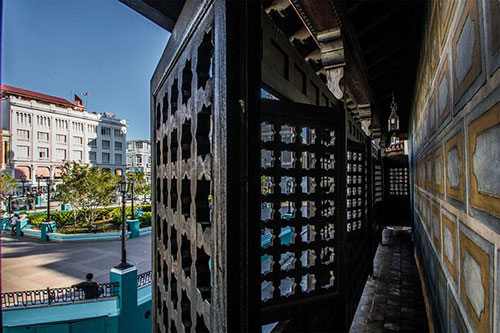
Casa de Diego Velazquez, Santiago de Cuba, begun 1530. Danielle S. Willkens, photographer, 2016.
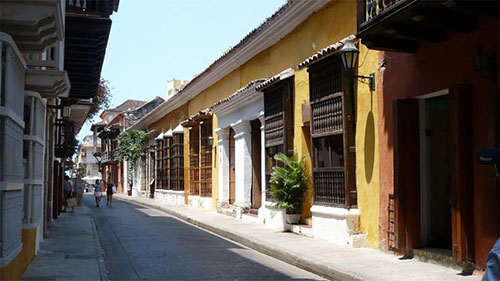
Colonial-era streetscape, Cartagena de Indias, Colombia. Pilar Sanchez-Beltran, photographer, 2008.
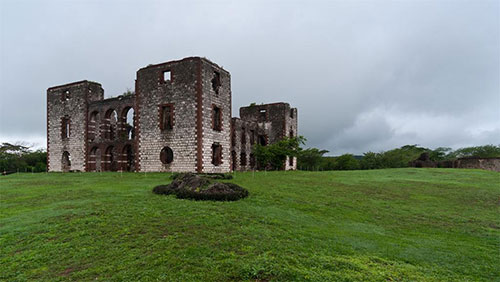
Ruins of Colbeck Castle, a fortified stone house in St. Catherine Parish, Jamaica, early 18th century. Jeffrey Klee, photographer, 2011.
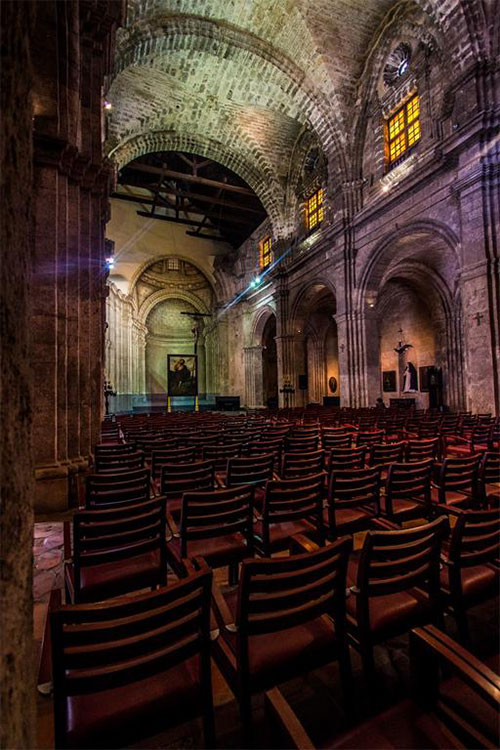
Basilica of San Francisco de Assisi, Havana, Cuba, 1730. Danielle S. Willkens, photographer, 2016.
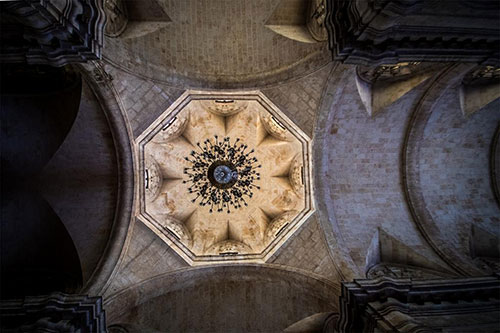
Cathedral of the Virgin Mary of the Immaculate Conception, 1777. Danielle S. Willkens, photographer, 2016.

E. Earl, architect, R. Harris, Chief of the Works, Orange Valley Slave Hospital, Trelawny Parish, Jamaica, 1797. Orange Valley was a large sugar plantation that was significantly improved in the 1790s. This refined slave hospital, with its arcaded loggia, paired Venetian windows, and simple neoclassical cornice, was part of a larger trend in Anglo-Atlantic charitable building that used refined architecture to embody the benevolent paternalism of a donor. The hospital was erected in the context of increasingly vocal demands for the abolition of slavery in the British Empire. William Wilberforce began his annual anti-slavery appeals to British Parliament in 1791, and the international slave trade was abolished in 1807. Jeffrey Klee, photographer, 2011.
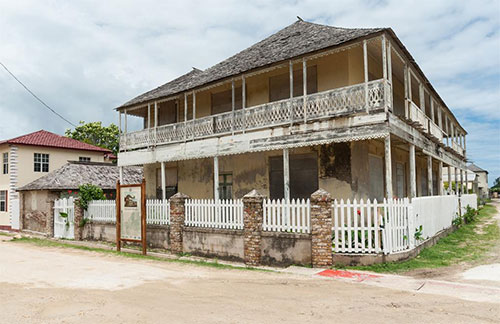
Thomas Davidson House, 1 King Street, Falmouth, Jamaica, c. 1822. This large, two-story house with a hipped M-roof was owned by Mary Gairdner, a free woman of color, at her death in 1837. Jeffrey Klee, photographer, 2011.
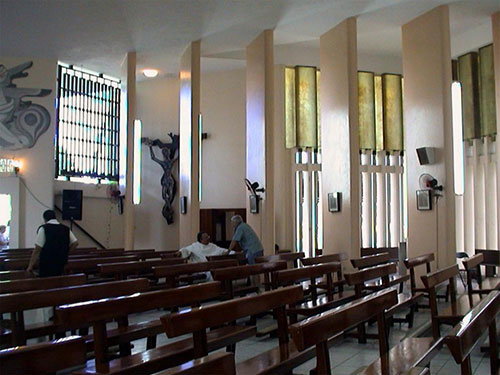
Henry Klumb, Capilla de San Martín de Porres, Cataño, Puerto Rico, 1950. Sandy Isenstadt, photographer, 2003.
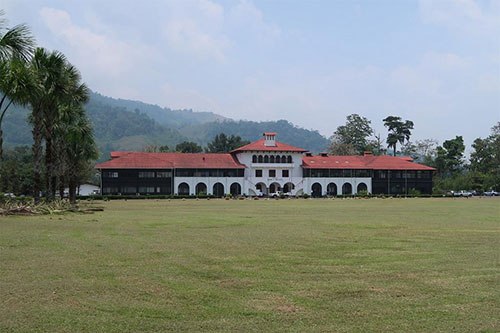
Manuel Antonio Gongora, Chief Engineer for the United Fruit Company in Costa Rica, Henry Wallace Building, Centro Agronómico Tropical de Investigación y Enseñanza, begun 1941. Nikki Moore, photographer, 2017.

